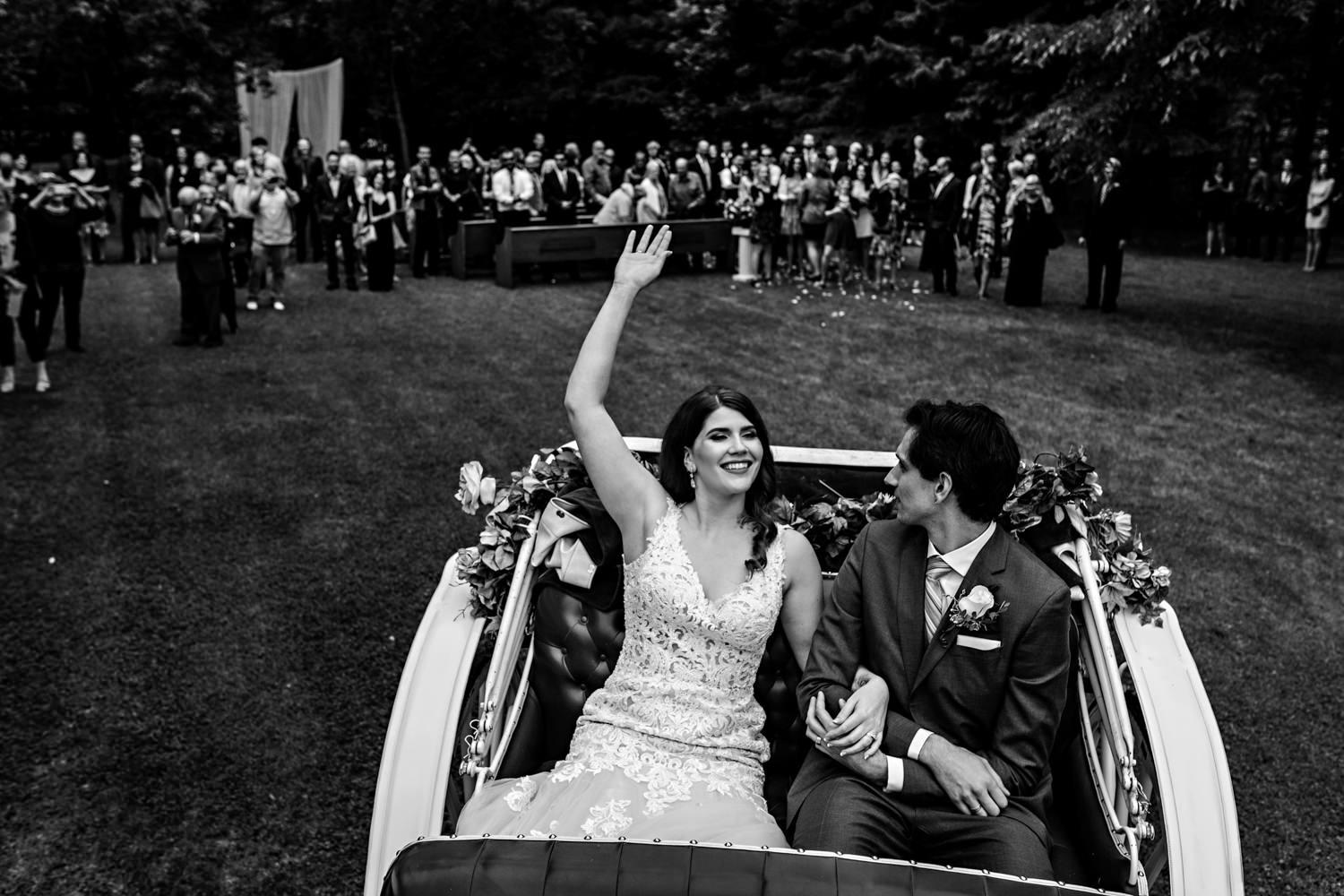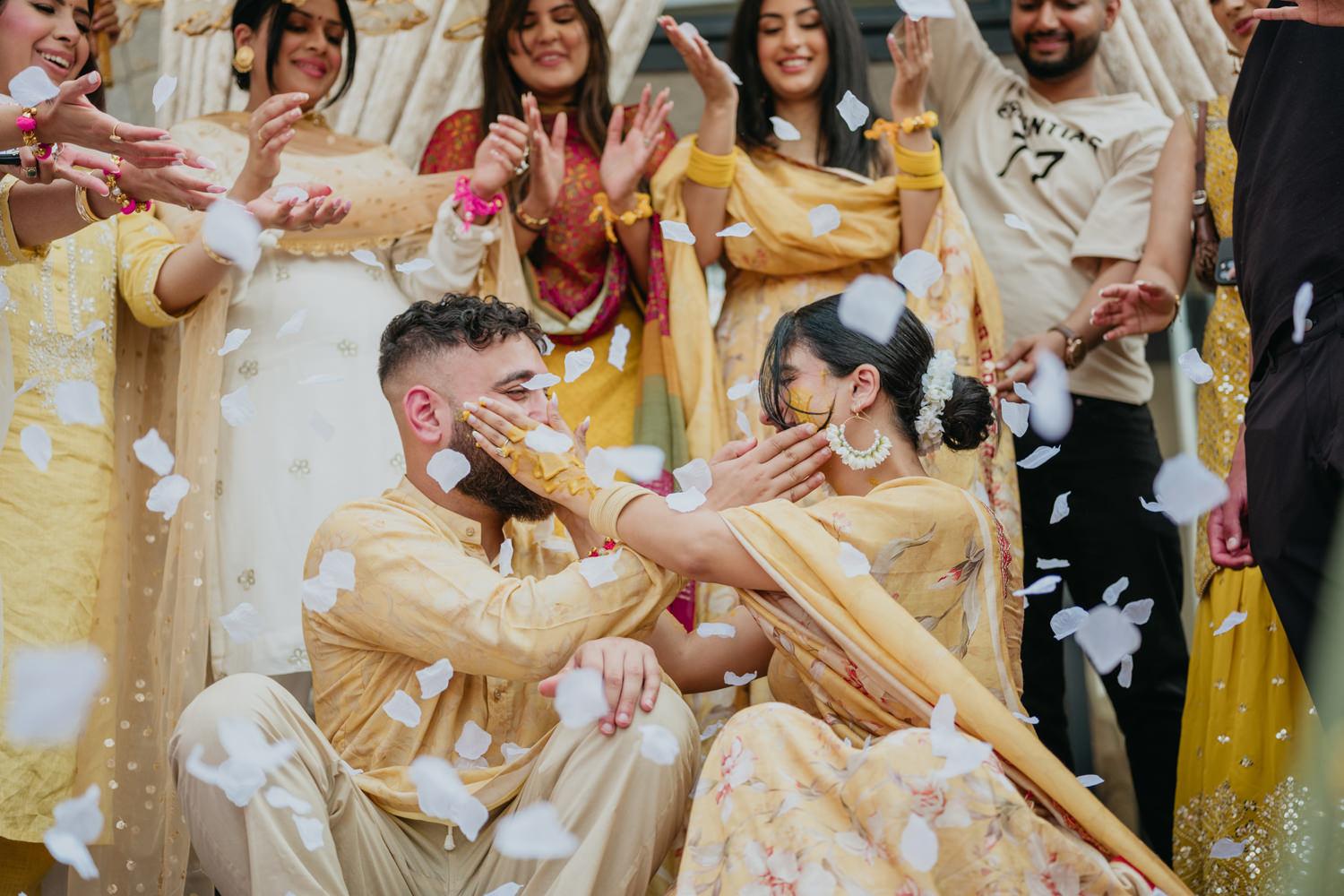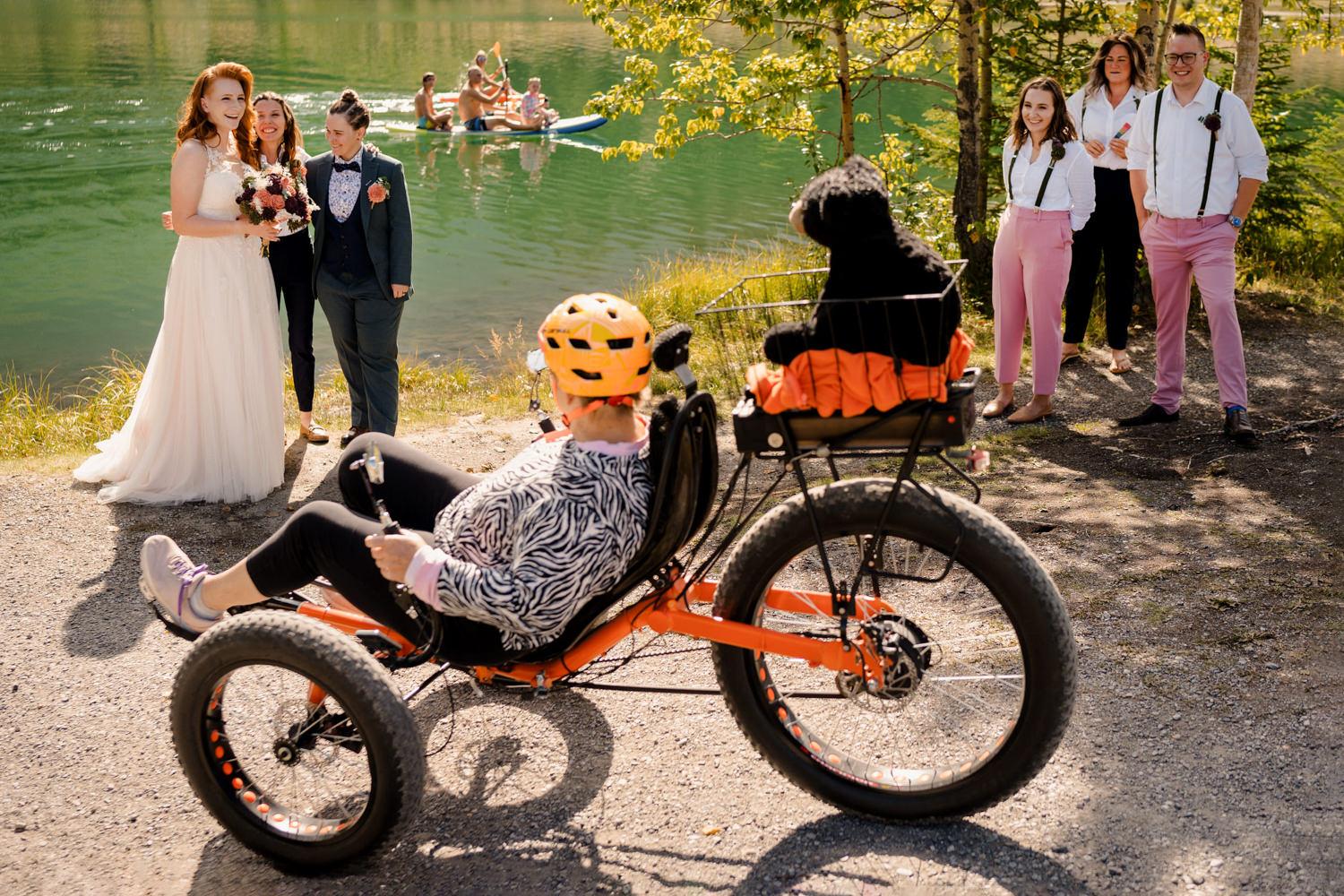You lived the moment—but you forgot the look. You said the vows—but you missed the tear. Your brain remembers the story. The camera remembers the details. Together, they complete the picture.
Human memory is powerful—but also deeply imperfect. The brain edits, compresses, and reshapes events over time. Wedding photography serves as both a counterbalance and a collaborator to this process. It preserves what we can’t hold onto, and sometimes reveals what we never fully saw.
Here’s how the brain remembers differently from the camera—and why wedding photography is one of the most important tools we have for reinforcing, restoring, and reshaping emotional memory.

1. The Brain Remembers Through Meaning, Not Detail
Your brain prioritizes emotional significance over factual accuracy:
- It stores a narrative: how something felt, what it meant, who was there
- It compresses or forgets visual and spatial information unless it’s emotionally loaded
- It tends to smooth over complexity for the sake of coherence
That’s why you may remember the joy of your first dance, but not how the lights looked, what your bouquet was doing, or where your hands were.
2. Memory Is Reconstructed—Not Replayed
Every time you recall a memory, your brain rebuilds it from fragments.
- It relies on retrieval cues like smells, songs, photos, or stories
- It updates the memory with new emotional context—what you know now shapes how you remember then
- This process is called memory reconsolidation, and it’s why memories change over time
Photography gives your brain external anchor points—so each time you revisit the day, you’re not starting from scratch.

3. The Camera Sees What You Missed
A wedding day is emotionally overwhelming. It’s common to:
- Forget full stretches of time (e.g., the reception details, parts of the ceremony)
- Miss peripheral moments (like parents’ reactions or guest expressions)
- Remember “the feeling” but lose the form
The lens picks up:
- Micro-expressions
- Background narratives
- Interactions you were never present for
- Physical nuance the brain didn’t encode
This makes photography an essential companion to your memory, not just a reflection of it.
4. How Photos Reshape—and Strengthen—Your Memory
When you revisit wedding photos, your brain:
- Retrieves the emotional blueprint of the moment
- Fills in missing context
- Re-encodes the image with greater clarity, richness, and connection
- Sometimes replaces the original “blurred” memory with the photo version
This isn’t deception—it’s how memory works. And it’s why photography is one of the most emotionally powerful art forms we have.

5. The Emotional Advantage of a Well-Told Visual Story
A wedding gallery isn’t just a record. It’s a reconstruction toolkit.
Photographers who understand this:
- Sequence their galleries to mirror emotional flow, not just chronology
- Focus on moments the couple likely missed or forgot
- Capture both grand scenes and intimate details, creating dimensionality in memory
- Help couples relive the day with more clarity than their brain could provide alone
This transforms photography from passive artifact to active emotional technology.
6. Memory, Legacy, and the Next Generation
What you remember about your wedding shapes:
- Your ongoing connection to your partner
- How you reflect on your family or cultural values
- What stories you tell your children or loved ones in the future
Wedding photos are part of this memory scaffolding. They don’t just help you remember—they help others understand who you were, and what you felt, in that moment.
Related Reading in This Series:
- The Neuroscience of Wedding Photography
- What Happens in the Brain on a Wedding Day?
- Why Photographs Trigger Memory (and Emotion) So Powerfully
- How Nostalgia Works—and Why Wedding Photos Tap Into It
- The Role of Oxytocin in Love, Touch, and Remembering
- Emotional Contagion and the Power of Facial Expressions
- The Photographer as Emotional Interpreter